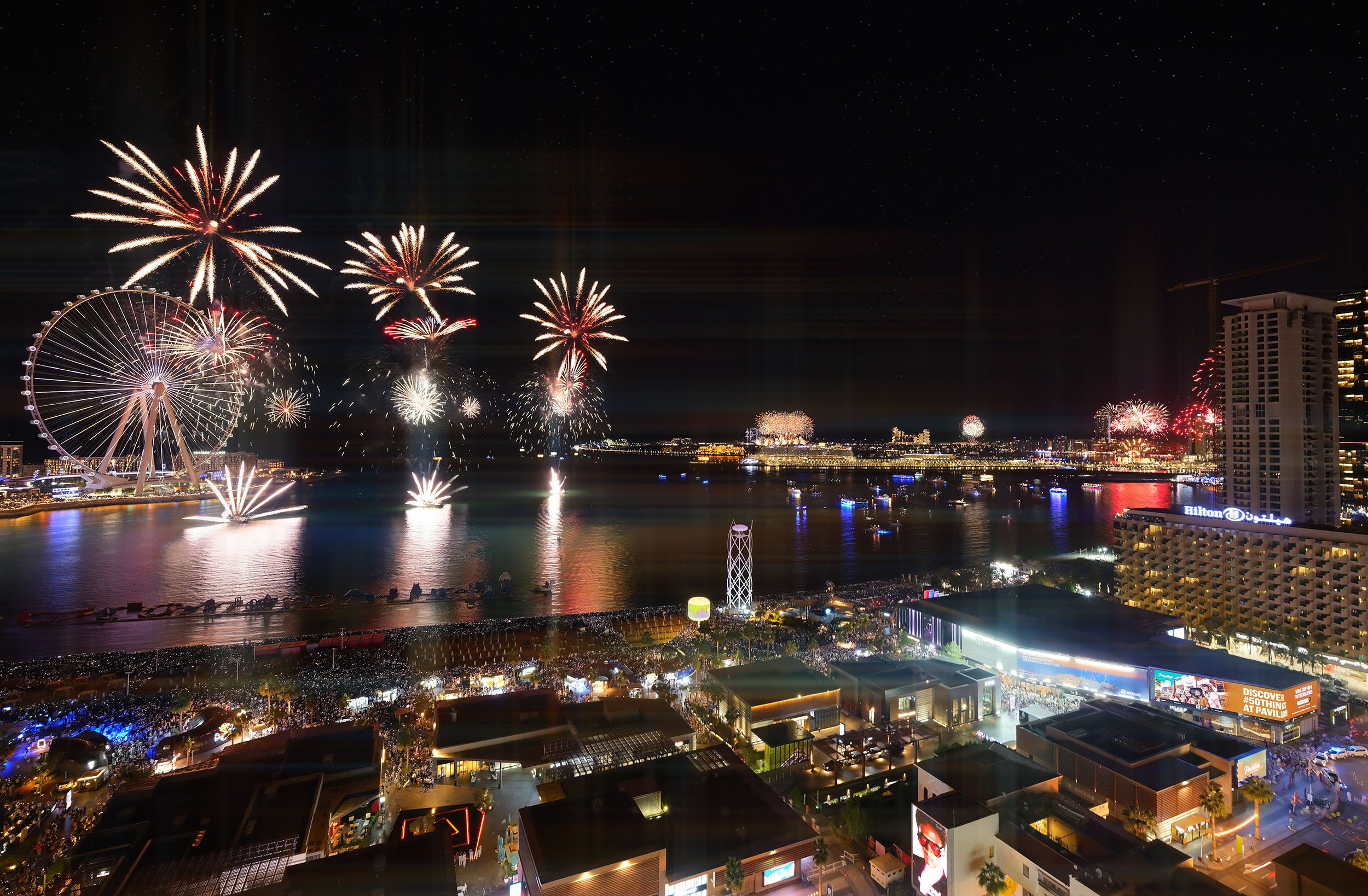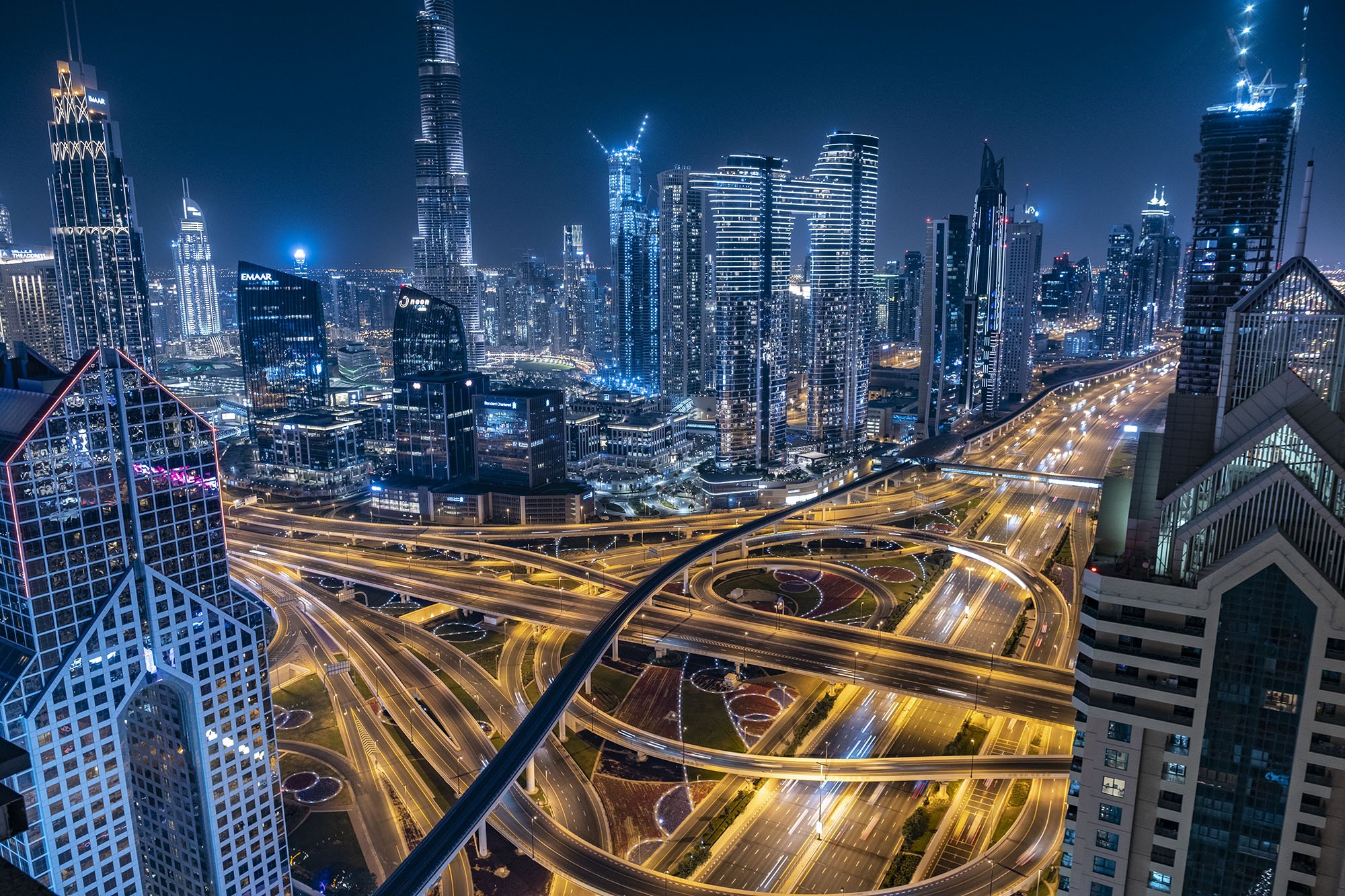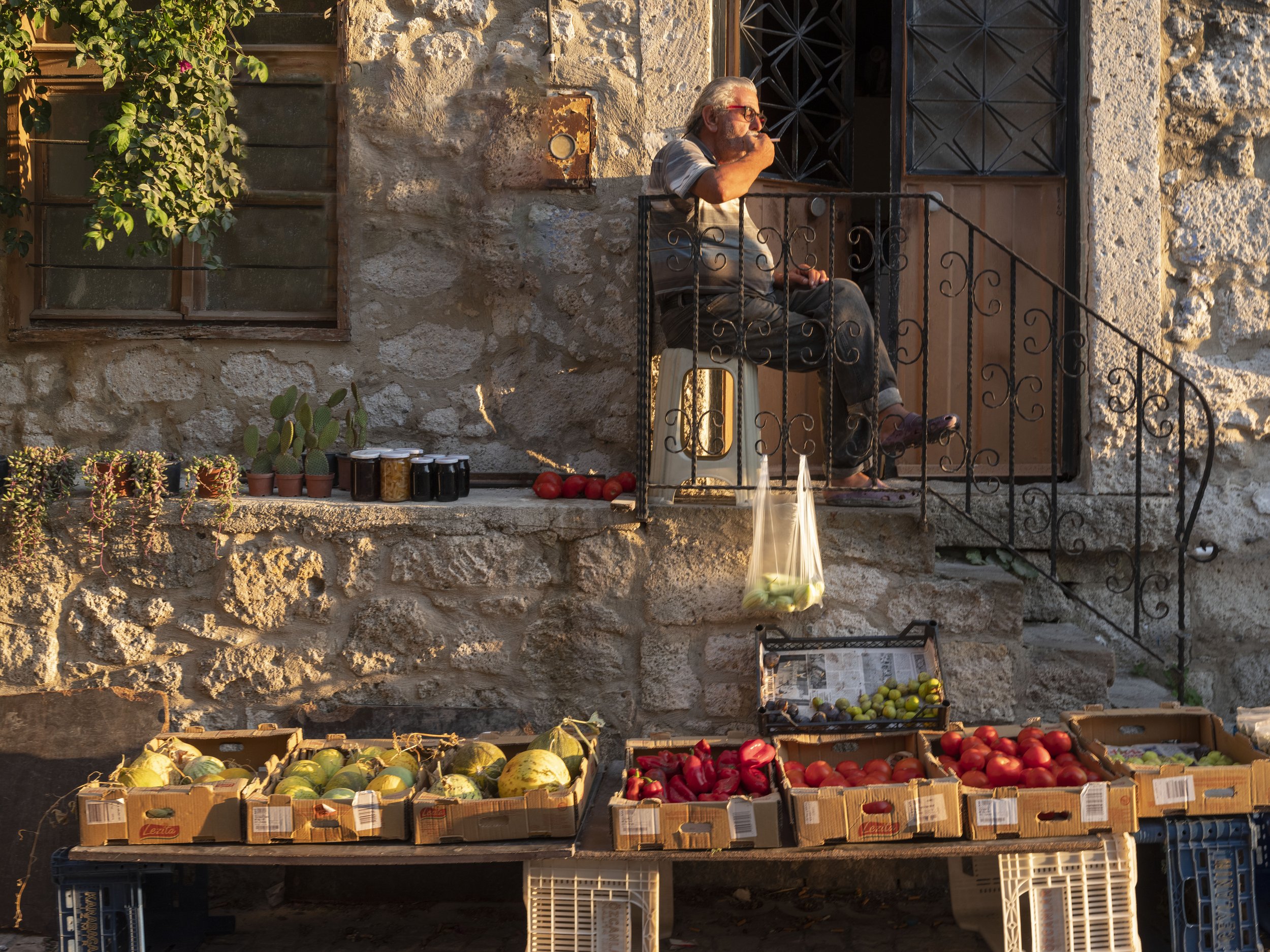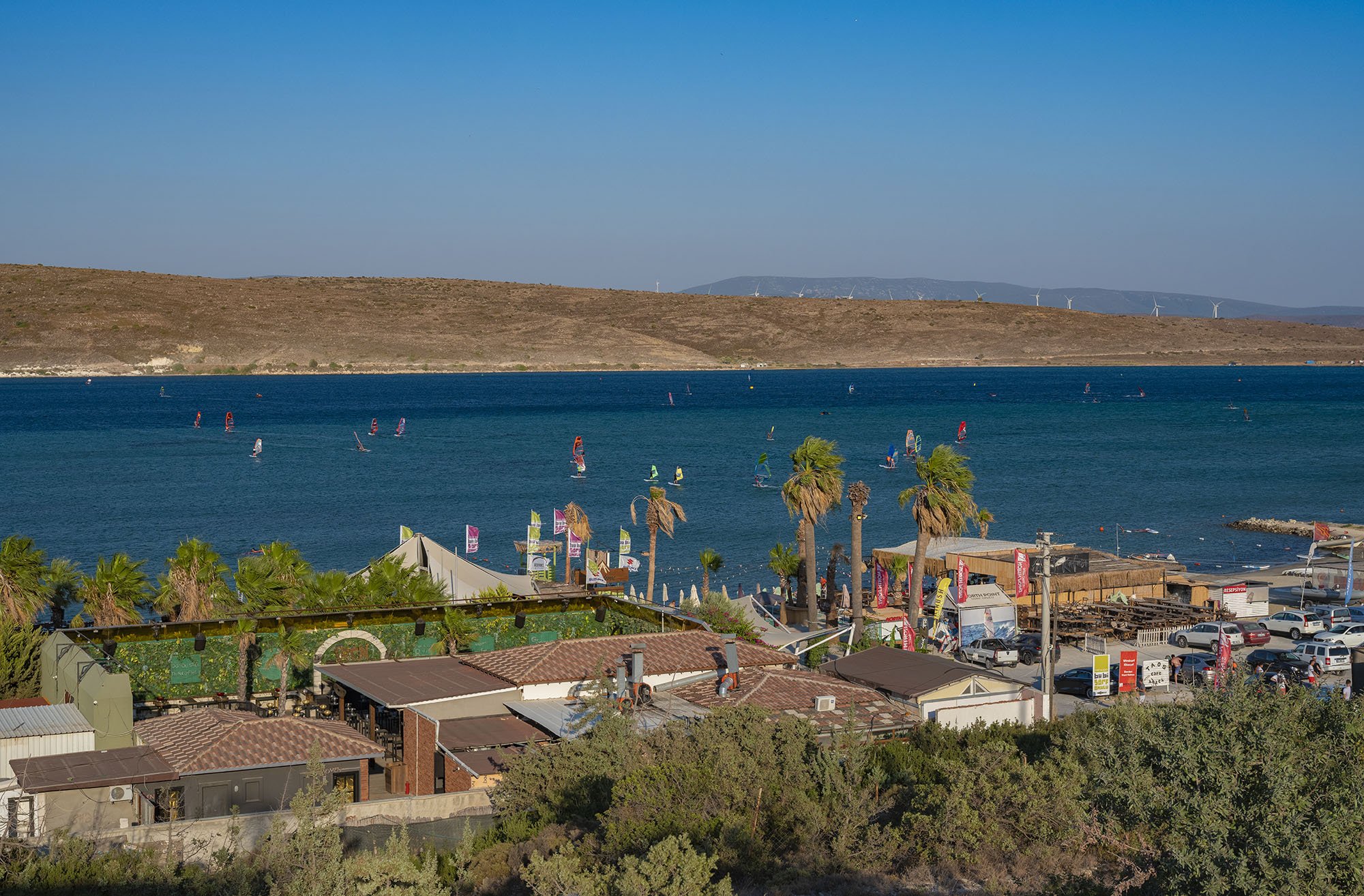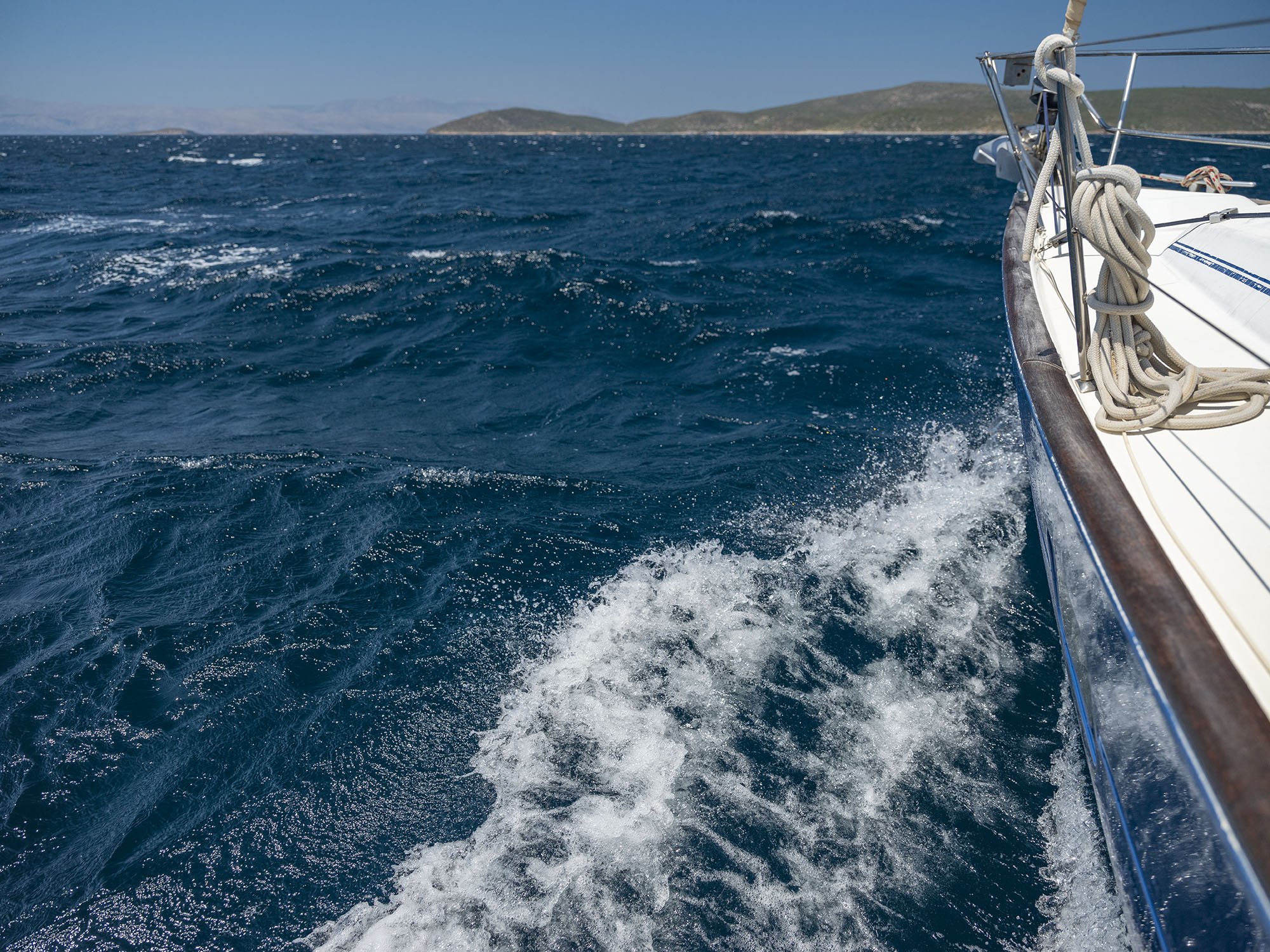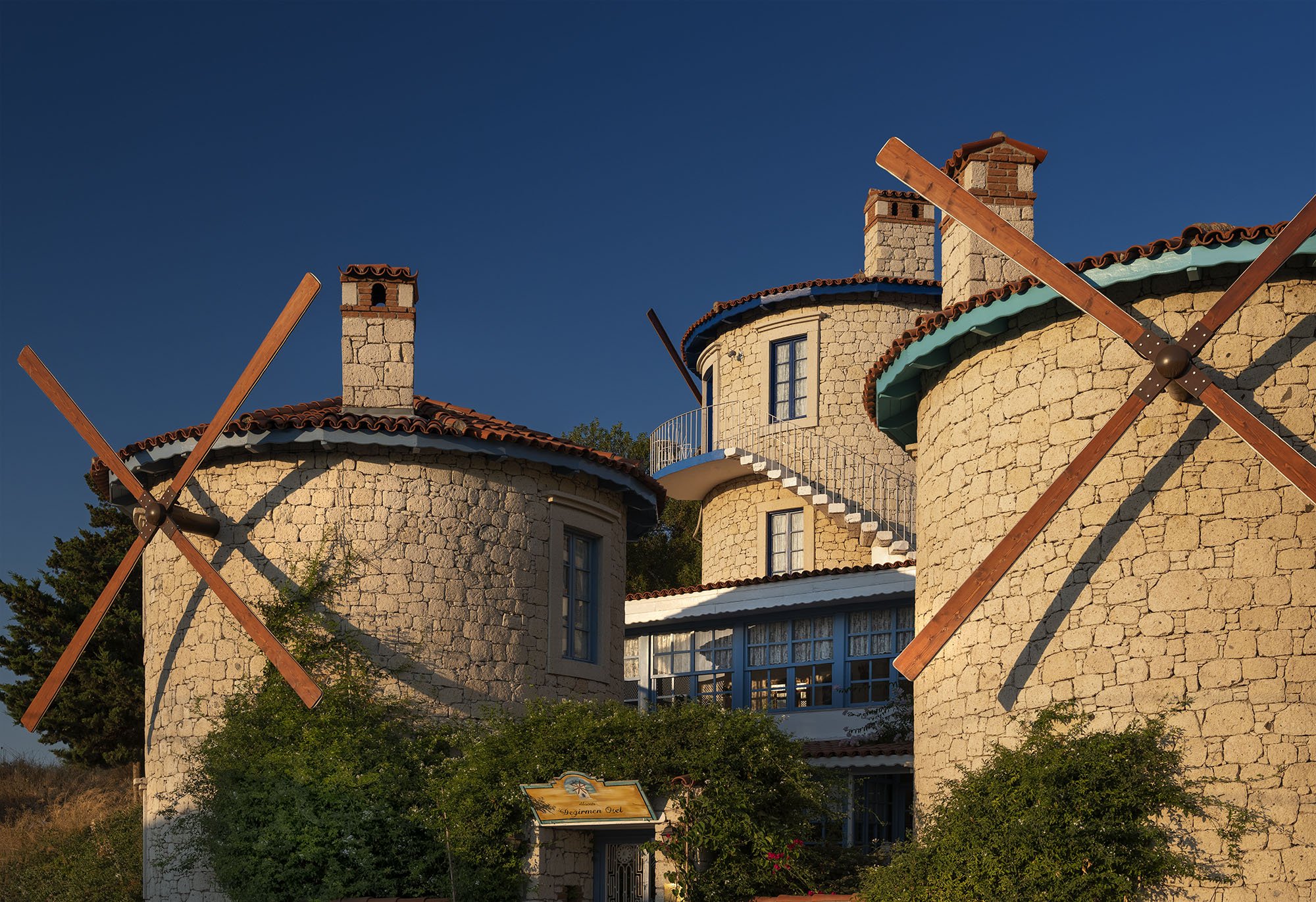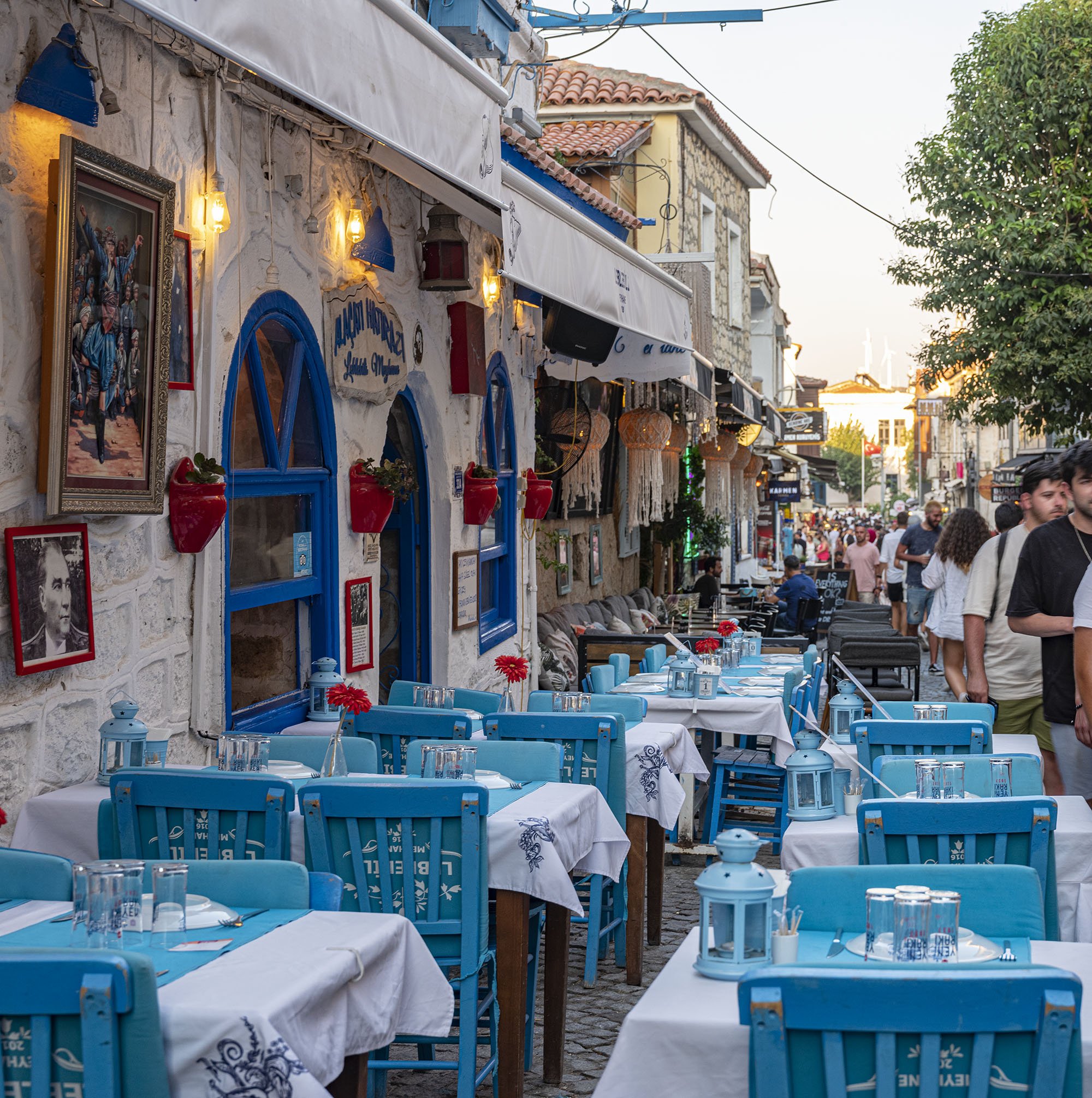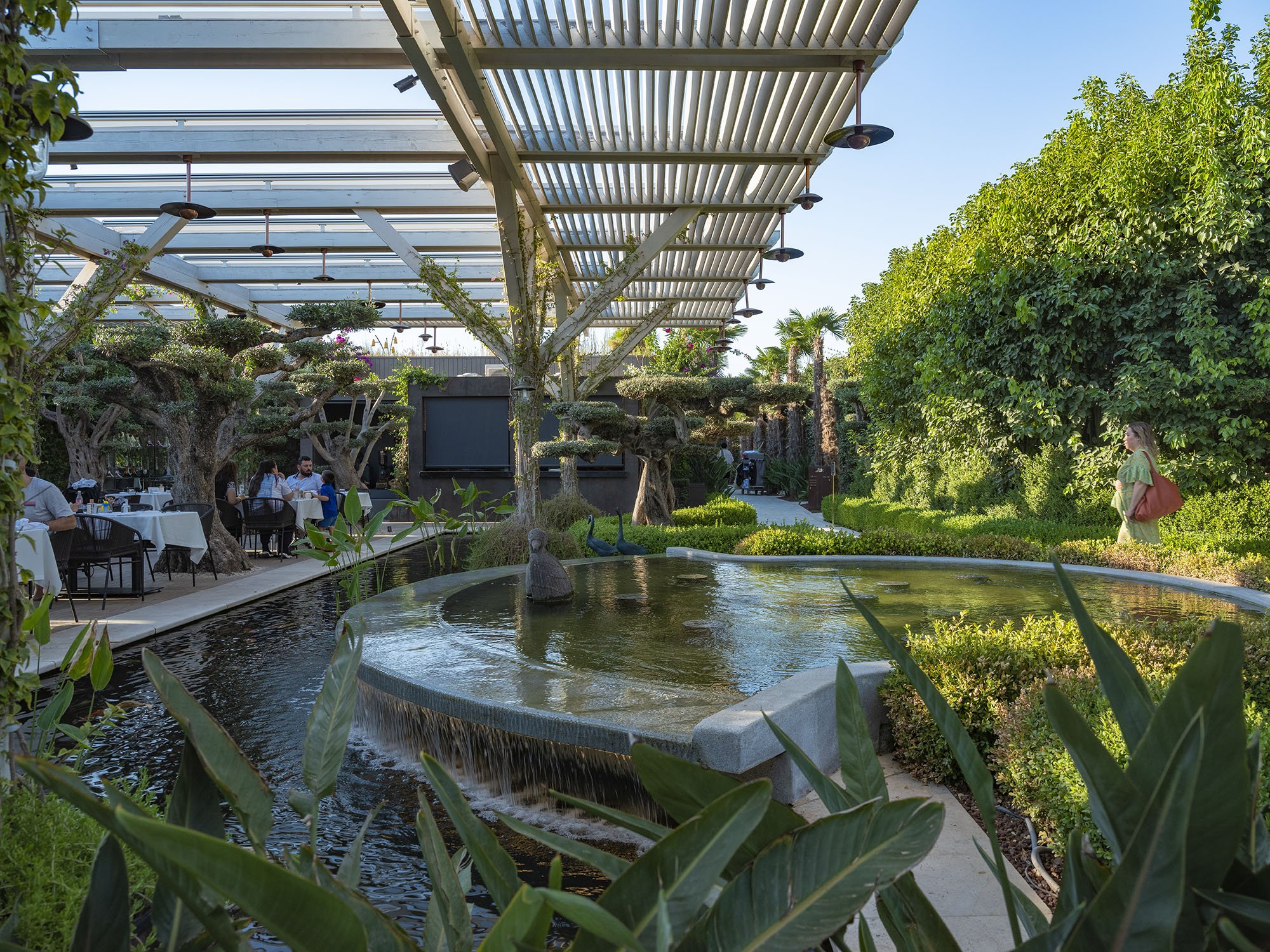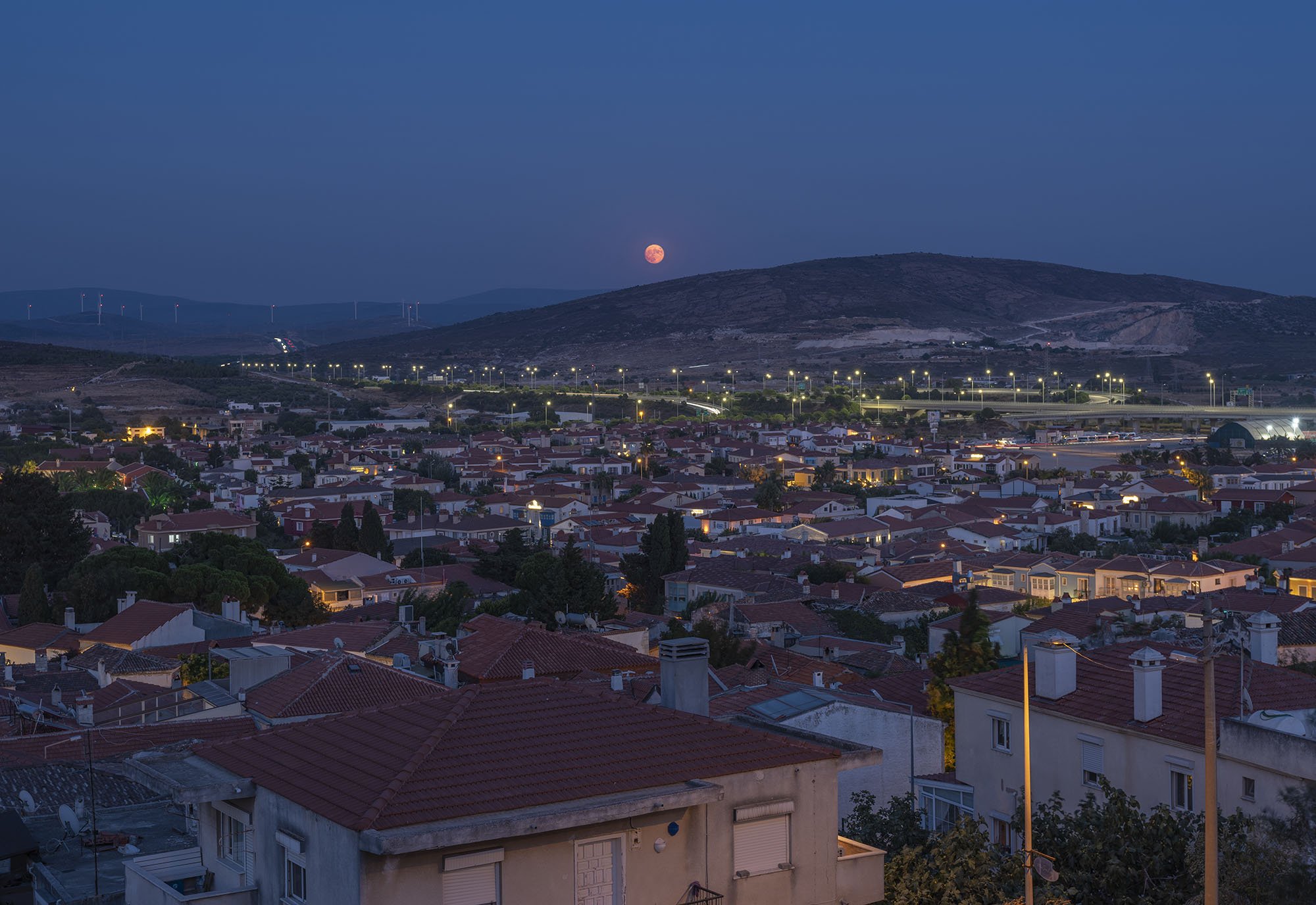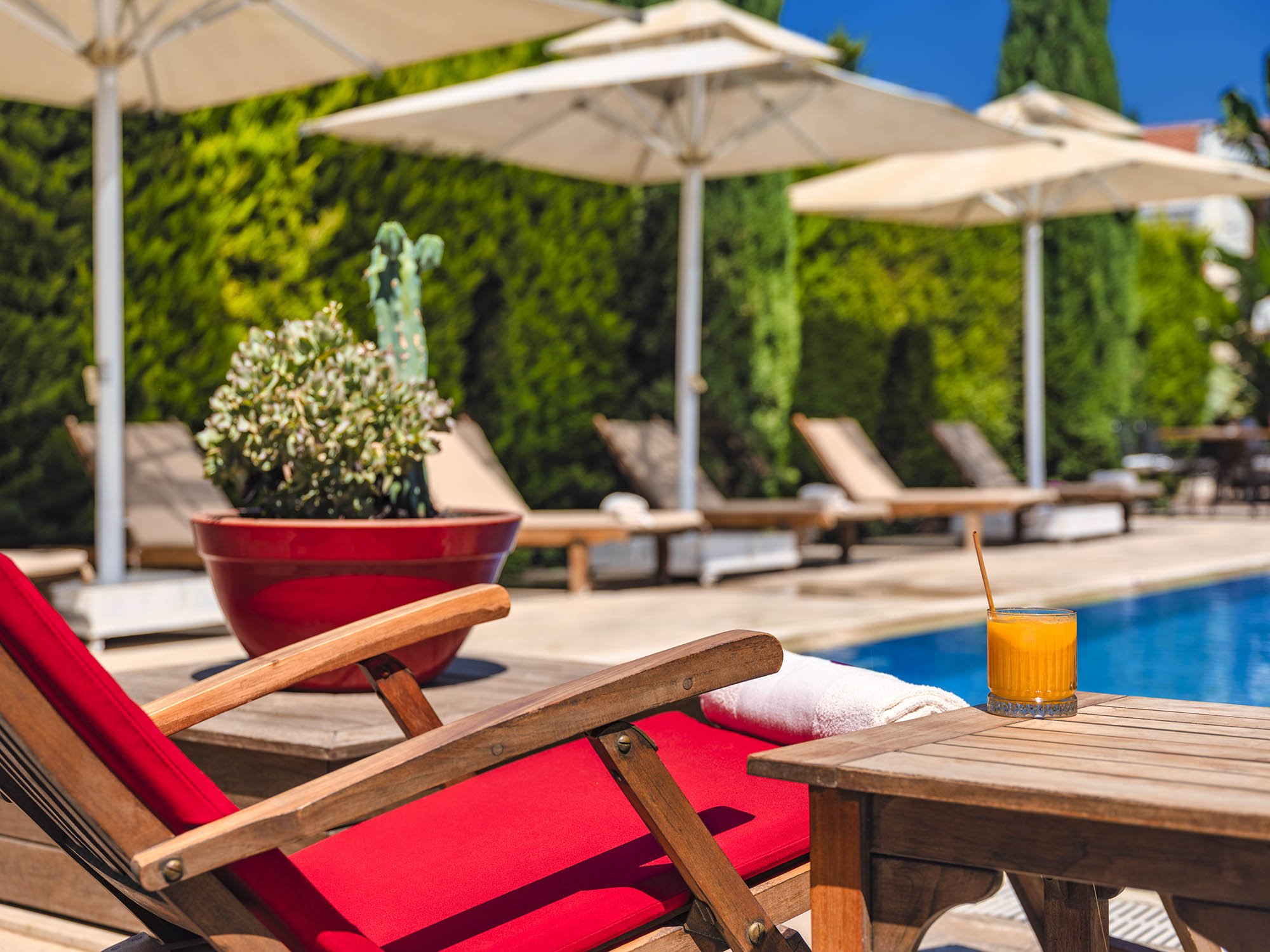AI is inevitable
A couple of years ago, hardly anyone spoke of artificial intelligence. Today, all we read, hear, and speak about is artificial intelligence. It seems as if AI suddenly sprang out of nowhere and pounced on us from all sides. That is untrue, of course; AI has been under development for many years, but recent technological advances have made it the dominant focus of all conversations. And also with good reason.
The best chess player in the world will always lose to the AI. Expert AI systems can forecast the weather more accurately than any human meteorologist. The AI is already more accurate than any seasoned physician at making health diagnoses. The majority of automated administrative duties are performed by AI more effectively than the conventional, human method. It's impossible to discuss AI without being concerned about the future of the topic and our place in it. We require strong tools that enable us to complete the task more quickly, effectively, precisely, and affordably. After all, industrialization is what made humankind's unparalleled advancement possible over the previous 250 years. However, we are getting to the point where the AI will soon no longer act as our sidekick or assistant.
Right now, getting replaced is a hot topic. Are this civilization and the entire global economic system prepared to hand over the controls to the AI while we... What precisely is our place and function in the AI-run society? I’d love to hear a concise explanation which makes sense. I have not found one yet. Automation with the aid of AI - that’s one thing. Replacing humans with the same technology. Now that is a completely different matter.
I'm a creative. I can't worry about AI assuming global dominance. It exceeds the scope of my concerns. However, I have some questions for my artistic peers who believe that the AI-generated art “belongs” to them because it popped up on their screens after typing a sentence full of colourful verbs and adjectives, The soulless machine, the robot which was programmed to run a code based on creations of millions of human artists found online was most definitely NOT "bent to their will." It merely ran an executable software code. You just pressed the ENTER button.
I get it; It is inevitable that AI will arrive and stay because people love to find shortcuts in life. Sadly, this also applies to art. But we better be careful about this. My suggestion is that we design the AI in way it will work with us and for us, not than instead of us. The moment we stop inventing, producing, creating, is the moment we become extinct. We should never stop to be curious. The ability to produce art in all shapes and forms from music, poetry to paintings and sculptures is easily the most defining and important human trait. If we lose our gift to create art, we will lose everything that makes us human. It may not even matter if we wake up one day and find ourselves bent to the will of the AI.
Please read my friend Rob Wilson's outstanding article published in the Frames Magazine on the subject, titled LOOK CLOSER: “AI – Machines Rising to which he invited me to add my opinions.
Liked this blog post? Please subscribe to my mailing list and keep updated with my new content which may be interesting to you. Keep creating!


